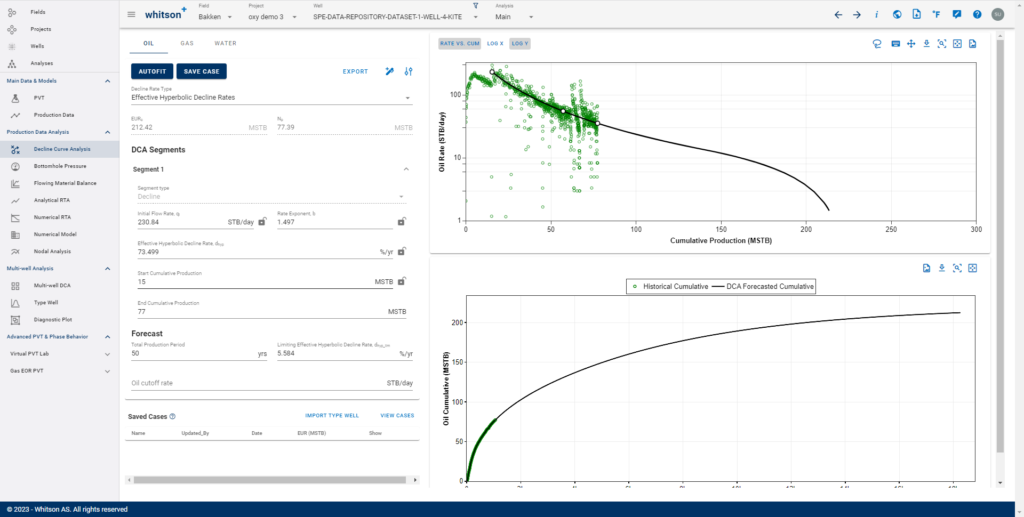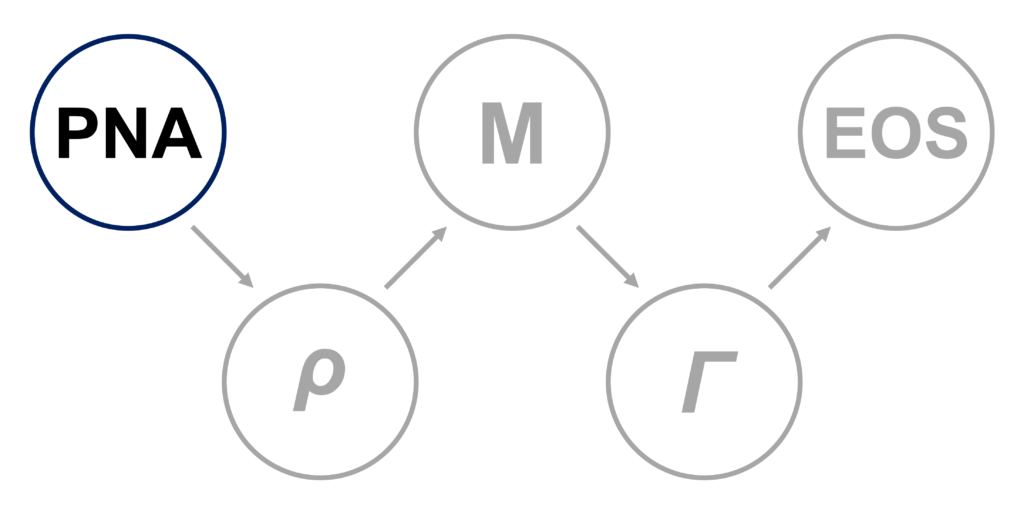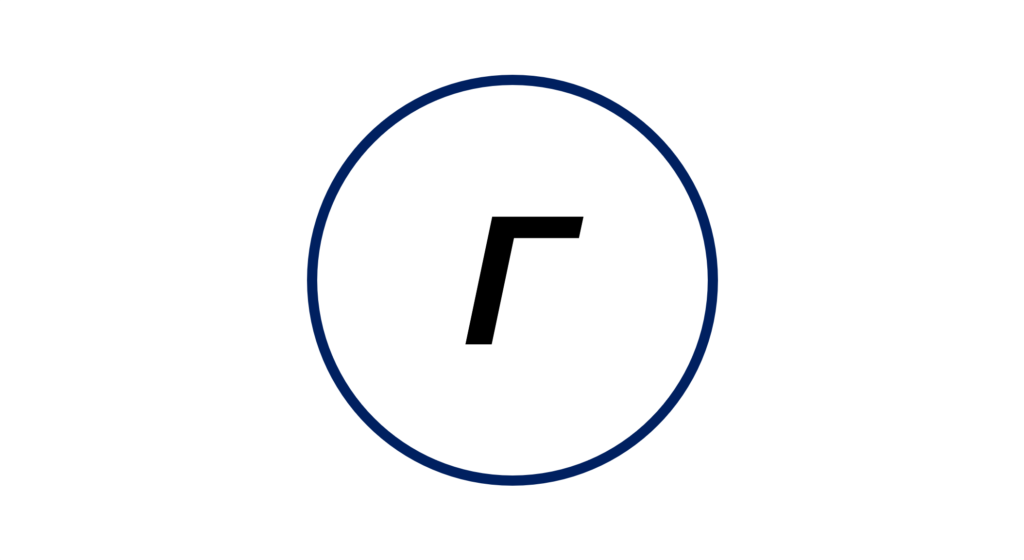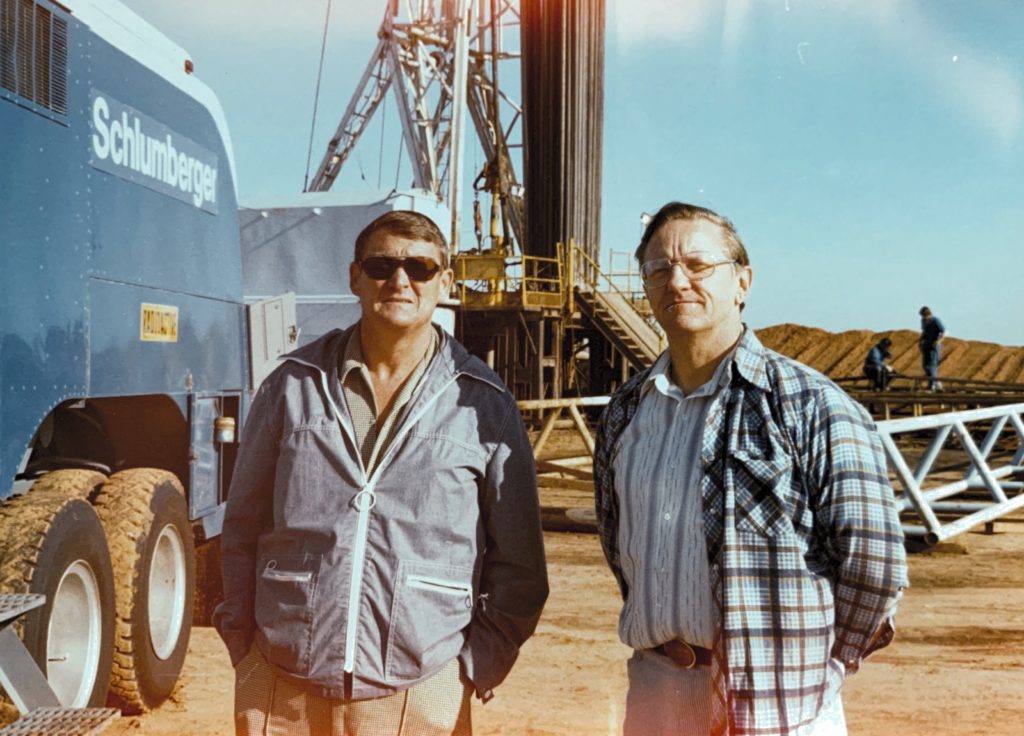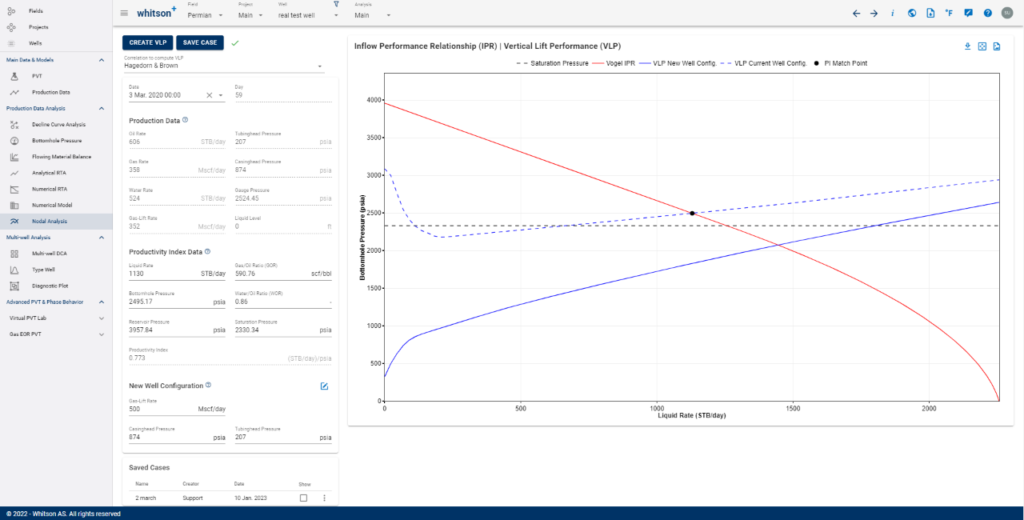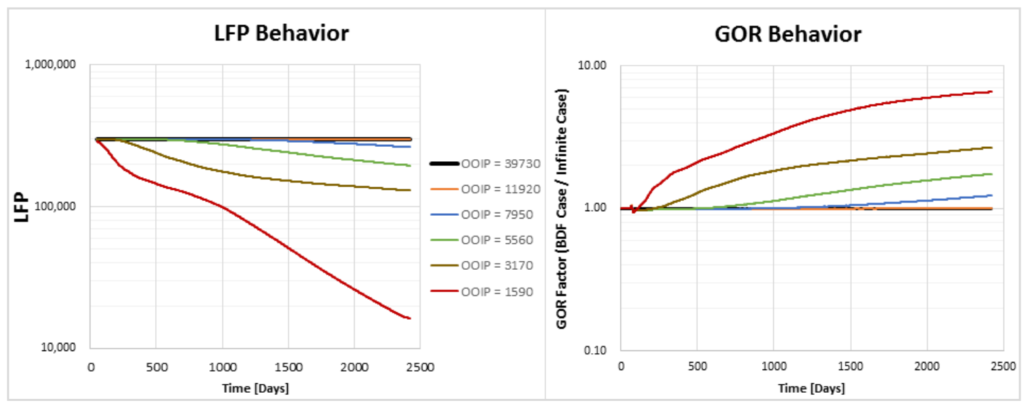RTA – Using all the Tools in the Toolbox
By: Mathias Carlsen I’m personally a fan of using all the “tools in the toolbox” when analyzing well performance. In whitson+, that includes, They should all tell a story. And a consistent analysis would tell a consistent story. BUT each method has its own strengths, weaknesses, and assumptions. And those are important to understand. In […]



